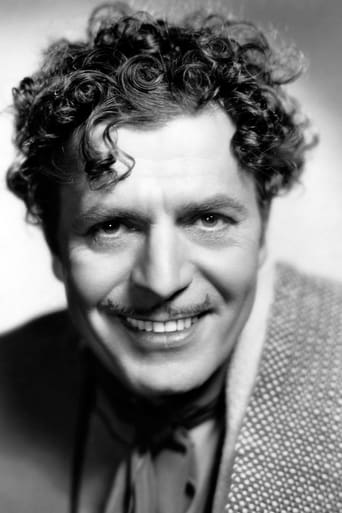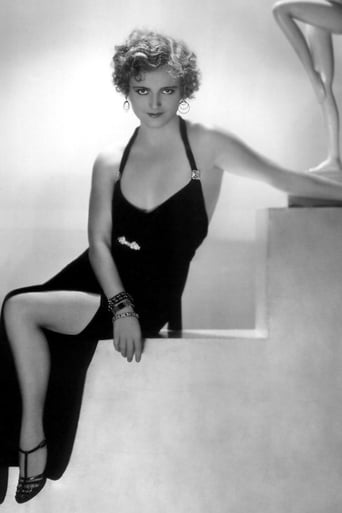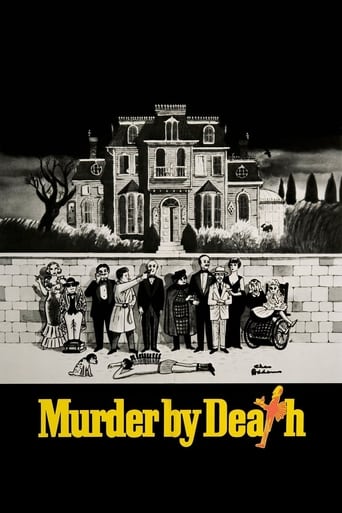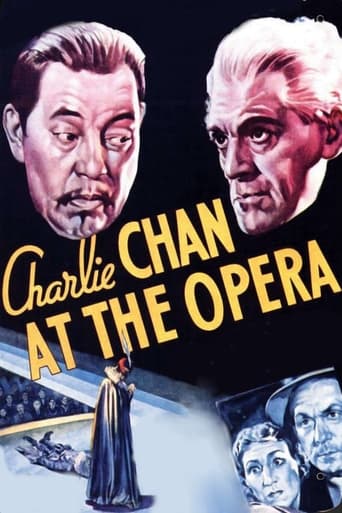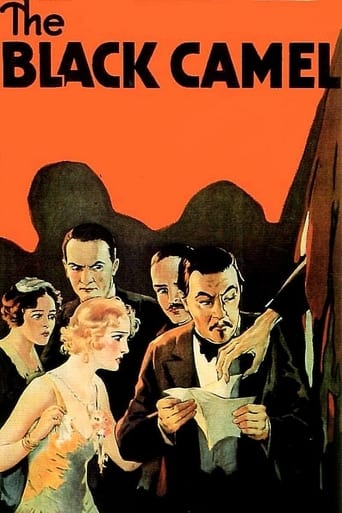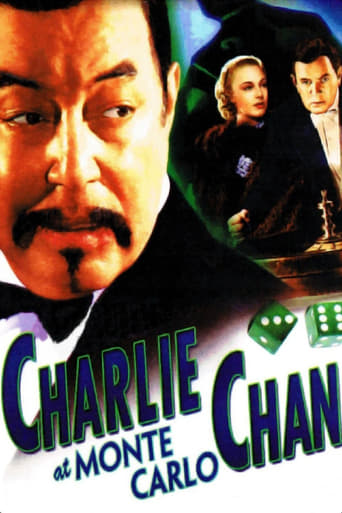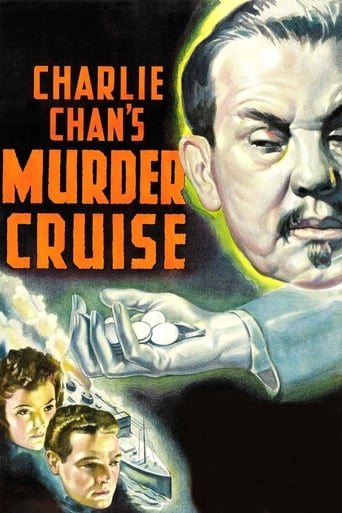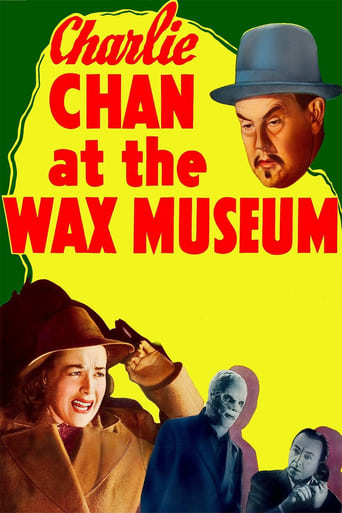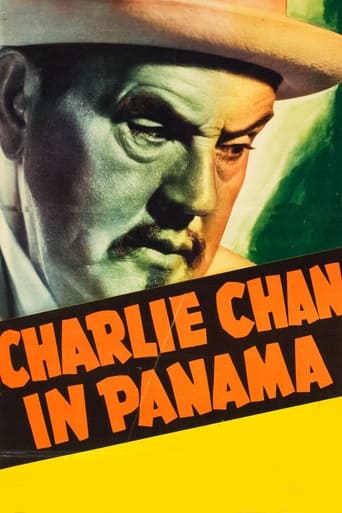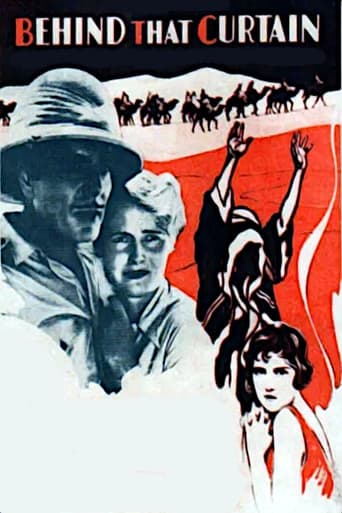

Behind That Curtain (1929)
Sir George hires Hillary Gatt to find out more about Eric who wants to marry Lois. Gatt is murdered and the couple, married, run off to India. Old friend John Beetham sympathizes with the bride who sees that her hubby is a liar and drunk.
Watch Trailer
Cast
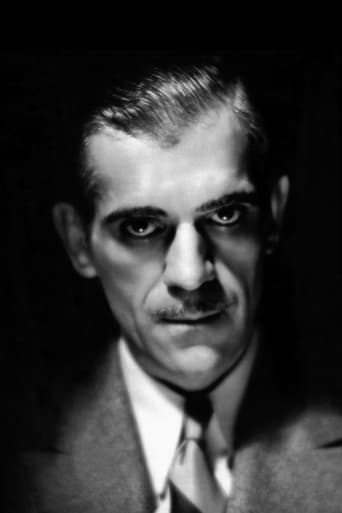


Similar titles
Reviews
Seeing this film was really fascinating because I seriously think it may be the first genuinely bad film ever made. It seemed like there was no such thing as a bad movie when they were this old, but I was proved wrong. I remember first reading about Charlie Chan in Leonard Maltin's Movie Guide. He eventually moved his reviews of it to his classic movie guide so I don't have much to go on from what I heard about it. The film is so strange as Charlie Chan doesn't appear until the last 12 minutes. Even then, he only has a few minutes of on screen! I believe this was the first Charlie Chan film made and was certainly a strange one.I have seriously never seen a older movie with a score of lower than 5.5 on the IMDb. I wish this had appeared on "Mystery Science Theater 3000" or maybe sometime on the new Rifftrax. I think this is also the longest Charlie Chan movie ever made and it really shows. This film for me was just boring. The acting wasn't good and the characters were pretty unlikeable. The women especially came off as really weak in this film. This is one of the earliest talkies I've seen in my life. I guess we've always had trouble with movies even back then. It's even hard to describe the plot. So little happens, you just don't even care what the story is.There's a murder mystery and someone is getting a divorce and they go to India or something? It was just very dull and uninteresting. Charlie Chan, for what very little screen time he has, is actually pretty good. I guess the film has significance, but it's still very unfulfilling. *1/2 out of ****.
After a couple of silent screen films, Charlie Chan was introduced to the talking picture with Behind That Curtain. Someone at Fox films had some faith in the character because after this film, it was that faith that created a series.To put it bluntly this was a stodgy overacted mess by a lot of the players who were just getting used to sound film. Except for Warner Baxter who would win the second Best Actor Oscar for In Old Arizona, the rest chewed the scenery, possibly to breathe some life into this story.Lois Moran has been swept off her feet by the dashing Philip Strange who is a real swine of a human being, a fact her father Claude King recognizes. He much prefers explorer Warner Baxter as a suitable husband for his daughter, but she's made her mind up and Baxter steps aside jolly good sport that he is.Afterward it's discovered that Strange has murdered a detective who King had hired to get dirt on him. And it's certainly alluded that there was dirt to get. Moran runs off to the Persian desert on Baxter's expedition, but Strange won't let her go.The end is in San Francisco where their top homicide cop Charlie Chan helps set the trap to nab Strange. E.L. Park plays Charlie who only has one real scene of consequence. Behind That Curtain is melodramatic, overacted, and dull. Good thing that Fox Studios kept the franchise for Warner Oland. This really doesn't deserve to be included in Charlie Chan films, but I suppose it has to be.
very crisp copy. i was very entertained. pure escapism thats what we want ! the first charlie chan what else are you going to do with the 91 minutes?you wont be sorry, its fun, with great locations plot and good cinematography, although the acting sometime is stilted but at times passionate and love conquers all ! evil is destroyed! I've watched it 3 times and it is fascinating! is rather well done and the film really would be of interest today, at least as a period piece and artifact of a time period 80 years ago. there are a number of excellent shots in downtown San Francisco of 1929.Boy gets girl! any other questions?
This film is of historical interest, as the first appearance on film of the Charlie Chan character, even though he doesn't appear until about 50 minutes into the movie, and is in only 3 scenes. But as a movie, it is almost intolerably bad. The actors were obviously very unsure of themselves, making the transition from silent to sound movies. I've seen Warner Baxter in silent films, and he was by no means as frozen as he was in this movie. Now and then he relaxes, and his dialog becomes a bit more natural, as it would be a few years later in a film like "42nd Street". But here, he seems flummoxed by the need to actually MEMORIZE lines - there are several moments where he speaks hesitantly, for all the world as if he just couldn't remember the line, and can no longer just say whatever he wants, as one could in a silent film.Baxter is not the worst offender - the character of Mr. Galt (destined to play the melancholy role of "The Body") speaks so slowly and with such exaggerated pronunciation, is just terrible. Many of the actors appeared to be falling back on stage performance techniques, with loud emoting and over-enunciation, and as a result they over-powered the camera - or they would have, if their loud, artificial voices hadn't been combined with near-immobility. Everyone seems afraid to move - they plant themselves in one spot, then roar out their lines.The camera-work is also very unimaginative for the most part, with one notable exception - the camel caravan traveling over the desert was quite beautifully photographed. It's probably not a coincidence that the scene was purely visual - when the filmmakers could fall back on the more familiar silent movie techniques, they seemed much freer and imaginative. The new technology, by contrast, introduced awkwardness and seemed burdensome.The plot and the script were both very lame. The murderer is revealed very quickly, and mystery is replaced by a love triangle and a romance. Eve, the heroine, overacts horribly, with lots of head-bobbing and wriggling to convey her anguish. Her motivation is completely unbelievable - married to a murdering psychopath who has every reason in the world to kill her, she persists in fleeing from the police, and refusing to help convict him, even when her own life is at stake, and the police have hard evidence anyway, and there is no chance he can escape justice.The script does deserve some credit for treating a theme like adultery in a rather surprisingly hard-edged way. There's no softening of the despicable betrayal, or of the heroine's painful discovery that her husband has been sleeping with their Indian maid - she even finds the latter's earring in her own bed! She has her own moment of temptation later on, but resists with the time-honored line, "After all, he IS my husband!" It's a good reminder that the '20s were by no means a strait-laced decade - the tasteful expunging of sex in the movies came later. But then the movie ruins it by having Eve shrinking from divorcing her cad of a husband (one of my favorite lines, by the way: "Are-you-going-to------DIVORCE------me???") because she is afraid of the scandal. Divorce wasn't THAT big a scandal in the '20s, especially among the rich. Eve is always veering between put-upon, shrinking damsel in distress and unpredictable, capable woman on her own. The movie would have been far better if she had been portrayed as a strong, modern woman throughout, but that Eve would never have been so stupid and sentimental as to leave a murderer roaming the streets.


